
Giant panda Fu Bao eats bamboo shoots at the Wolong Shenshuping Base in Sichuan province on Wednesday. (HE HAIYANG/FOR CHINA DAILY)
On Wednesday, giant panda Fu Bao, who was born in South Korea and arrived in China in April, met the public for the first time after moving into the Wolong Shenshuping Base of the China Conservation and Research Center for the Giant Panda in Sichuan province.
Over 20 Chinese and Korean media outlets, along with more than 40 students, were on hand for the giant panda's debut. After exploring the yard, she dined on a food tower, consisting of bamboo, carrots and bamboo shoots, prepared by her caretakers
Fu Bao will now be on show regularly. The Wolong Shenshuping Base will implement crowd control and time limits for visiting her enclosure based on the number of visitors, allowing each group a five-minute viewing window.
Fu Bao was born at the Samsung Everland Park in July 2020 to female giant panda Hua Ni, also known as Ai Bao, and male giant panda Yuan Xin, also known as Le Bao, who moved to South Korea in 2016 as part of efforts to initiate Sino-Korean cooperation in giant panda research.
Since 1996, the China Conservation and Research Center for the Giant Panda has cooperated with 17 conservation organizations in 15 countries, including the United States, Spain and Russia, which has resulted in the births of 31 giant panda cubs overseas. Among them, 23 cubs have been sent to China. As of now, the center has 32 giant pandas residing overseas.
"In the process of international cooperation, we have made significant breakthroughs in the breeding and rearing of giant pandas, disease prevention and control, reintroduction into the wild and the artificial rearing of cubs, and we've also published a large number of papers and monographs," said Wei Rongping, deputy director of the research center.
At the Wolong Shenshuping Base, there are seven other giant pandas besides Fu Bao: Sheng Yi, who arrived from Malaysia; Tai Shan, Bao Bao and Xiao Qiji, who came from the Smithsonian's National Zoological Park in the US; and Zhen Zhen and Su Lin from the San Diego Zoo, also in the US.
"Like Fu Bao, they have received meticulous care from the breeding team and are all in good health," he said.
In recent years, the protection and management system for international cooperation regarding giant pandas has become increasingly comprehensive. Not only have the conditions and procedures for conducting cooperation been clearly defined, but a complete system has also been established for aspects such as the construction of giant panda habitats, the allocation of caretakers, the sourcing of food, and disease prevention and control requirements, according to Zhang Yue, a second-level inspector from the department of wildlife conservation at the National Forestry and Grassland Administration.
"In 2023, we organized on-site inspections and evaluations of all 63 domestic giant panda science education display units and 23 overseas cooperative institutions," he said. "Based on the evaluation results, all cooperative institutions meet the requirements, and the health status of the giant pandas is generally good."
The giant panda center reminded visitors who love giant pandas that when visiting them, they should avoid making loud noises, refrain from using flash photography and, most importantly, never feed them.










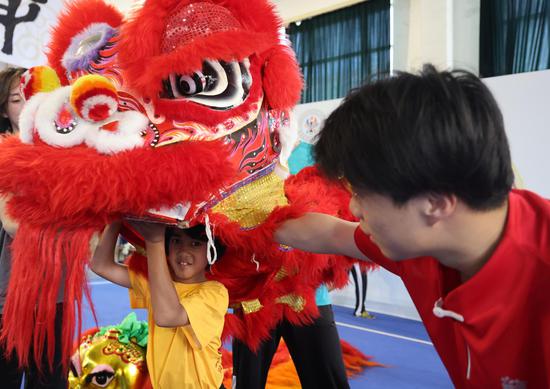







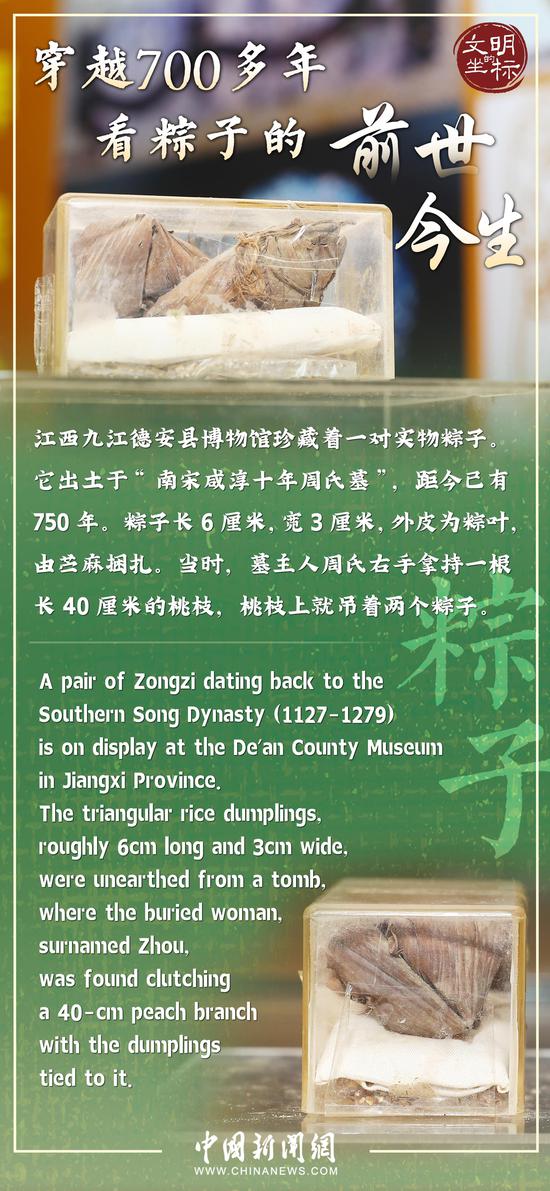


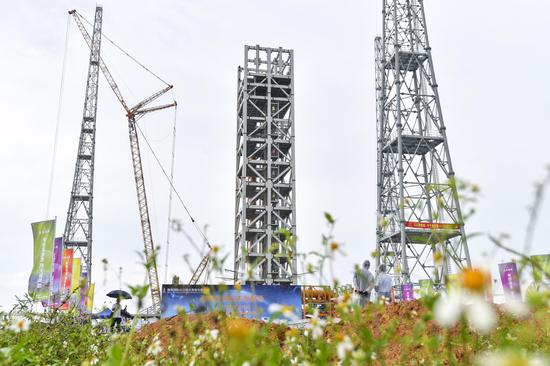




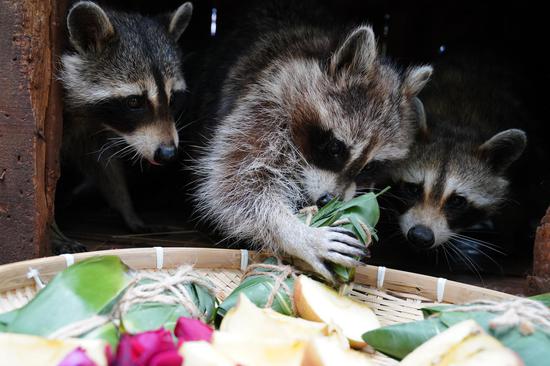


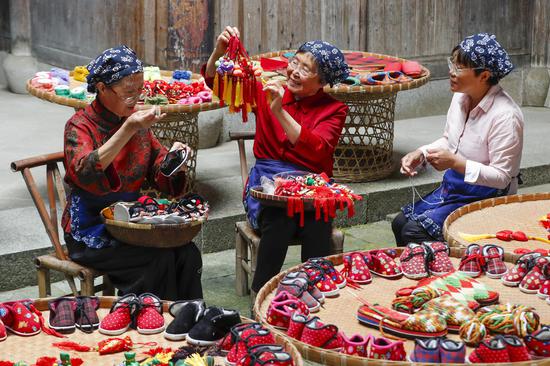





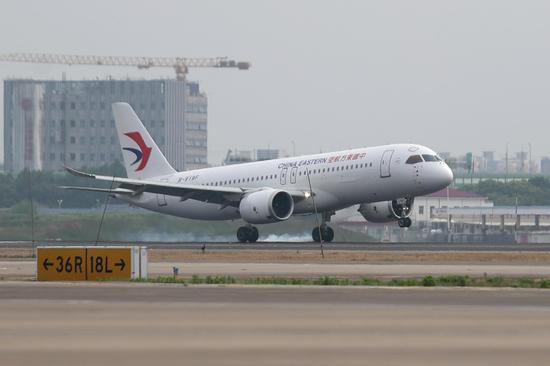






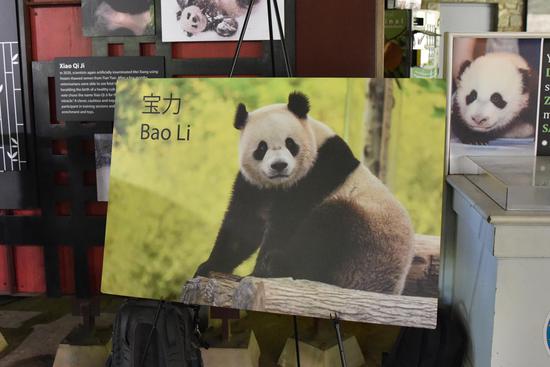

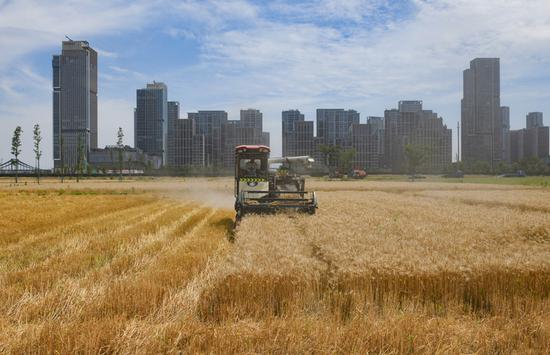





 京公网安备 11010202009201号
京公网安备 11010202009201号